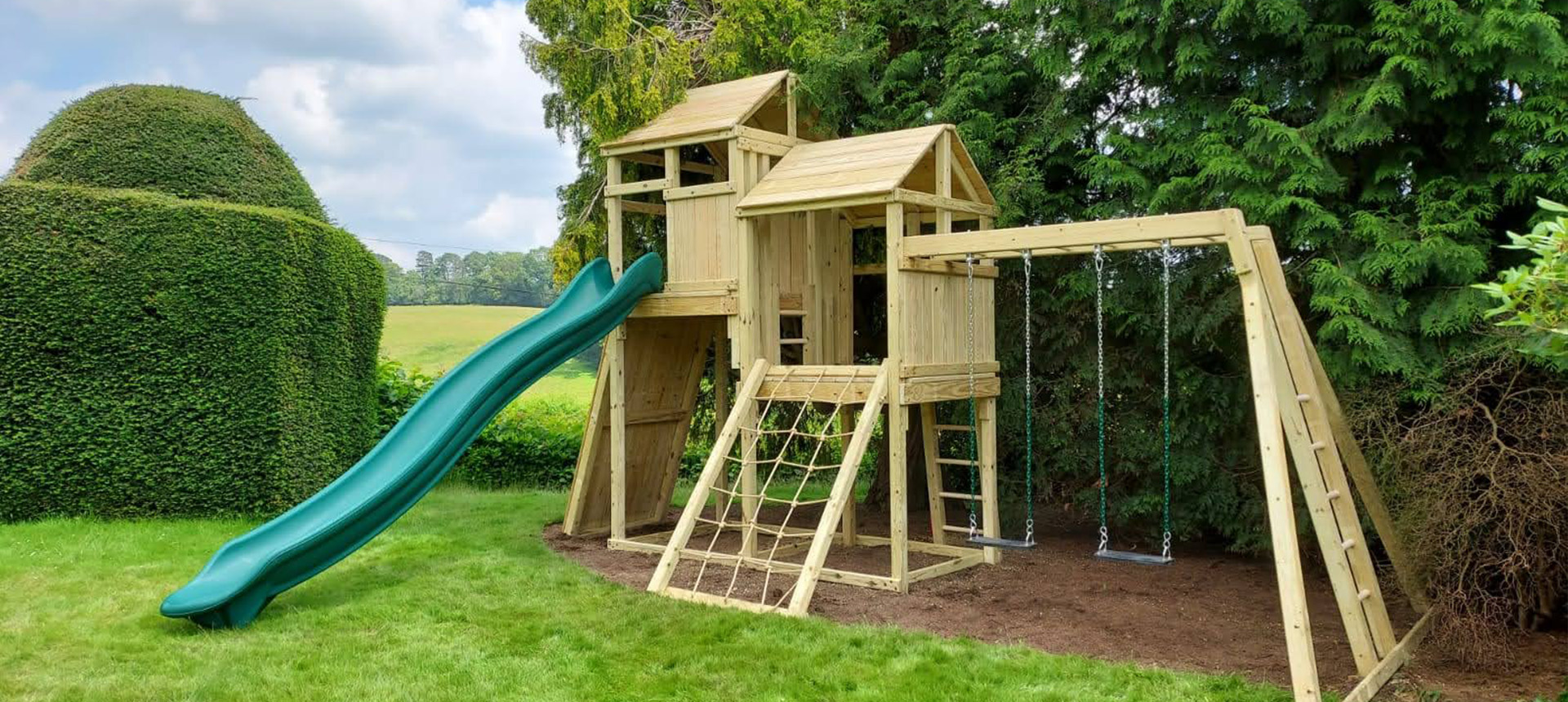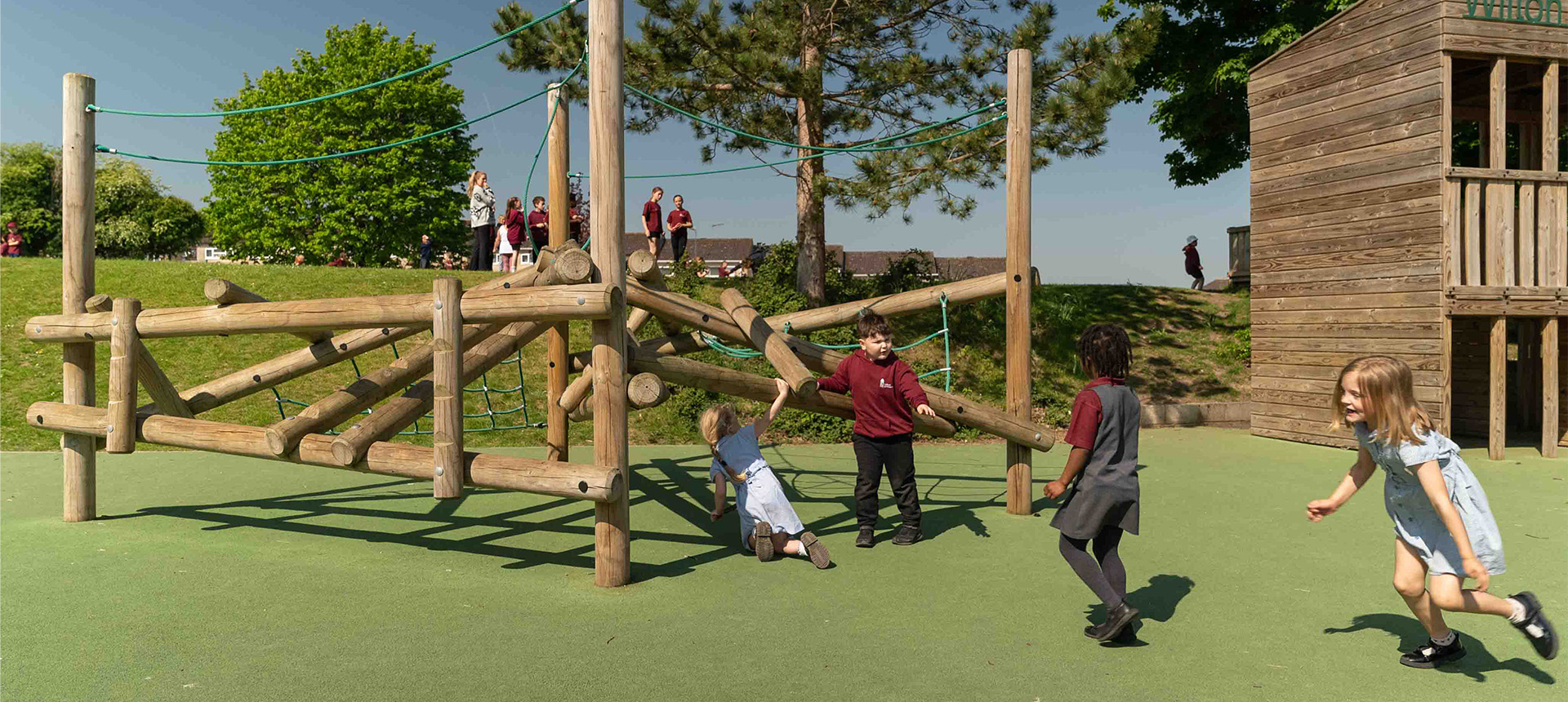
At Home Front Outdoor Play, we believe outdoor play should be simple, joyful, and safe - whether that's in your back garden or a public playground. That’s why we offer flexible installation options to suit both residential and commercial settings. But what exactly is the difference between the two, and what should you consider before installation?
Let’s break it down.
Self-Install: We’ll ship your equipment directly to you with all the instructions you need to get started. Ideal for handy homeowners or grounds teams.
Our installation service: Sit back while our experienced team handles the full install for you. We’ll ensure everything is safely and securely built. Cost of install varies depending on equipment.
For families adding a climbing frame to their garden, installation is refreshingly straightforward. Our climbing frames are built from solid Southern Yellow Pine timber—a premium, pressure-treated wood that’s not only beautiful but incredibly strong and heavy.
This means your climbing frame doesn’t need to be dug into the ground or anchored with concrete or steel feet. The sheer weight and quality of the structure are more than enough to keep it securely in place on top of the ground. As for surfacing options, that's completely up to you! It’s a hassle-free setup that gives kids the freedom to play, and parents peace of mind... and can be moved as it's passed through the generations.

When it comes to installing our climbing frames in commercial environments—such as schools, pubs, public parks, or hospitality venues—there are a few extra steps to ensure compliance with safety regulations.
Commercial play equipment in the UK must adhere to BS EN 1176 and BS EN 1177 standards. These govern not just the build and design of the equipment, but also how it’s installed and what surface it sits on.
Here’s what that means in practice:

Every site is different, and we’re here to help. If you're unsure whether your project is classed as residential or commercial, or what the installation process involves, just ask. Our friendly team is always happy to walk you through your options.
Let’s build a childhood worth remembering.